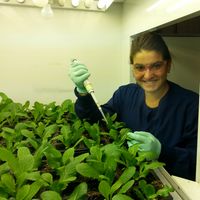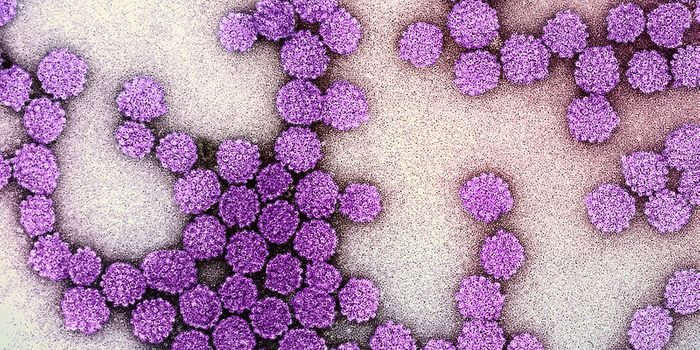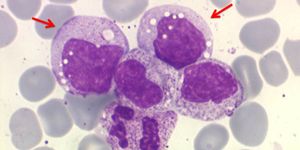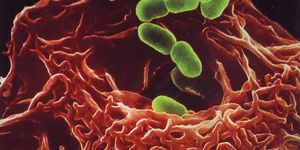Helicobacter pylori are a group of
gram negative bacteria from the
Helicobacteraceae family that are often the cause of gastroenteritis and peptic ulcers. Until 1989, the bacteria were previously known as
Campylobacter pylori. They have a unique S-shape characterized by the appearance of a spiral rod and are about 2.4 – 4.0 micrometers in length. These bacteria are able to colonize the human gastric mucosal surfaces where they are able to cause infection.
Persistent colonization occurs in about half of the human population. After colonizing the gastral mucosal surfaces in the stomach cavity, the bacteria will release certain proteins that induce cell injury and inflammation. If not properly treated, chronic gastritis can result in patients for the remainder of the patient’s life. Damage to the stomach’s cell lining can lead to duodenal ulcers as well as stomach cancer. It has been identified by the World Health Organization as a Class I human carcinogen. Gastric cancer causes approximately 800,000 deaths annually worldwide.
The ability of
H. pylori to cause disease is dependent on nickel, a chemical compound that is essential for the function of some enzymes. Nickel serves as a cofactor of two enzymes,
urease and
hydrogenase, that are essential for
H. pylori to cause disease in the host. Researchers from the Pasteur Institute in Paris, France sought to determine how
H. pylori is able to control intracellular nickel concentration, allowing the bacteria to escape nickel toxicity as well as what proteins are involved in the process and how this affects the ability of the bacteria to cause disease.
Researchers found that two
H. pylori proteins, Hpn and Hpn-2, are involved in the pathogenesis of
H. pylori. They found that Hpn is involved in nickel sequestration and interacts with Hpn-2 to transfer nickel to urease. They demonstrated using mutant strains of
H. pylori that Hpn is only expressed in isolates able to colonize the stomach and Hpn-2 expression is restricted to
H. pylori and its close relative
H. acinonychis. They were able to detect the Hpn protein in all gastric
H. pylori species that they screened.
Their evolutionary genomic analysis revealed that the acquisition of the
hpn gene occurred at the same time that
H. pylori was able to colonize the stomach. This analysis also showed that the
hpn-2 gene originated in a common ancestor of
H. pylori known as
H. achinonychis. These results were confirmed using a mouse animal model.
The authors of this study concluded that acquisition of the
hpn and
hpn-2 genes occurred during the evolution of the
Helicobacter genus. This acquisition allowed the bacteria to colonize the gastric environment which is extremely acidic, preventing most bacteria from being able to survive.
Sources:
National Institutes of Health;
PLOS Pathogens;
Public Health Agency of Canada









